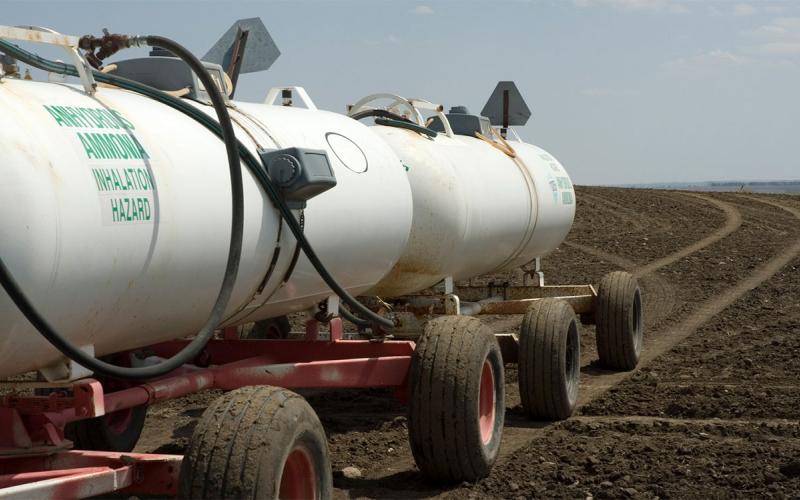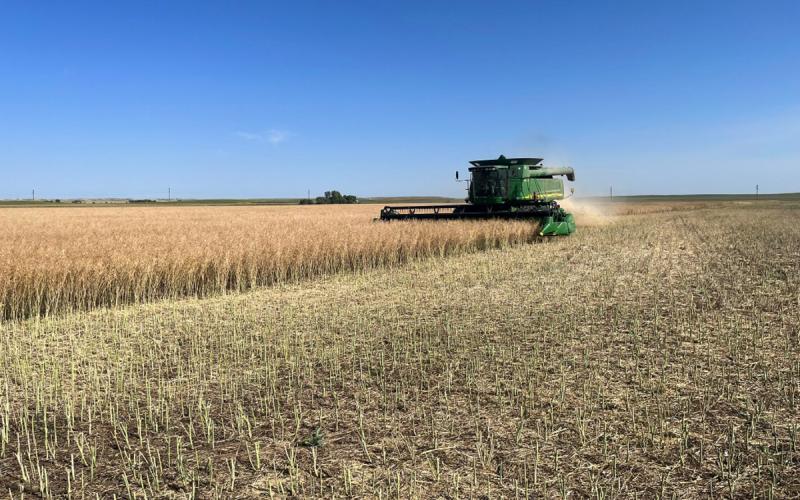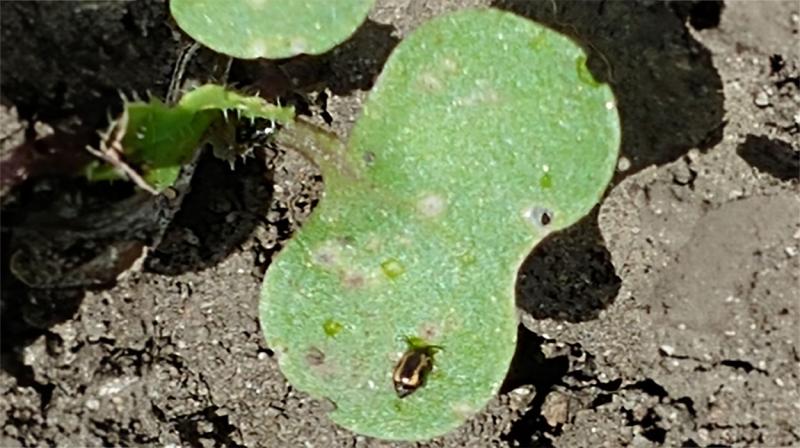
Written collaboratively by Adam Varenhorst, Philip Rozeboom, Patrick Wagner, and Brad McManus.
There are three species of flea beetles that commonly infest canola and feed on the leaves (Figure 1). The species are the crucifer flea beetle (Figure 2), hop flea beetle (Figure 3), and pale striped flea beetle (Figure 4).
The main concern with flea beetle feeding occurs early in the season when these beetles can rapidly defoliate the plants. Insecticide seed treatments can greatly reduce early season flea beetle feeding. However, if large populations are present foliar insecticides may be necessary.
Identification
Crucifer
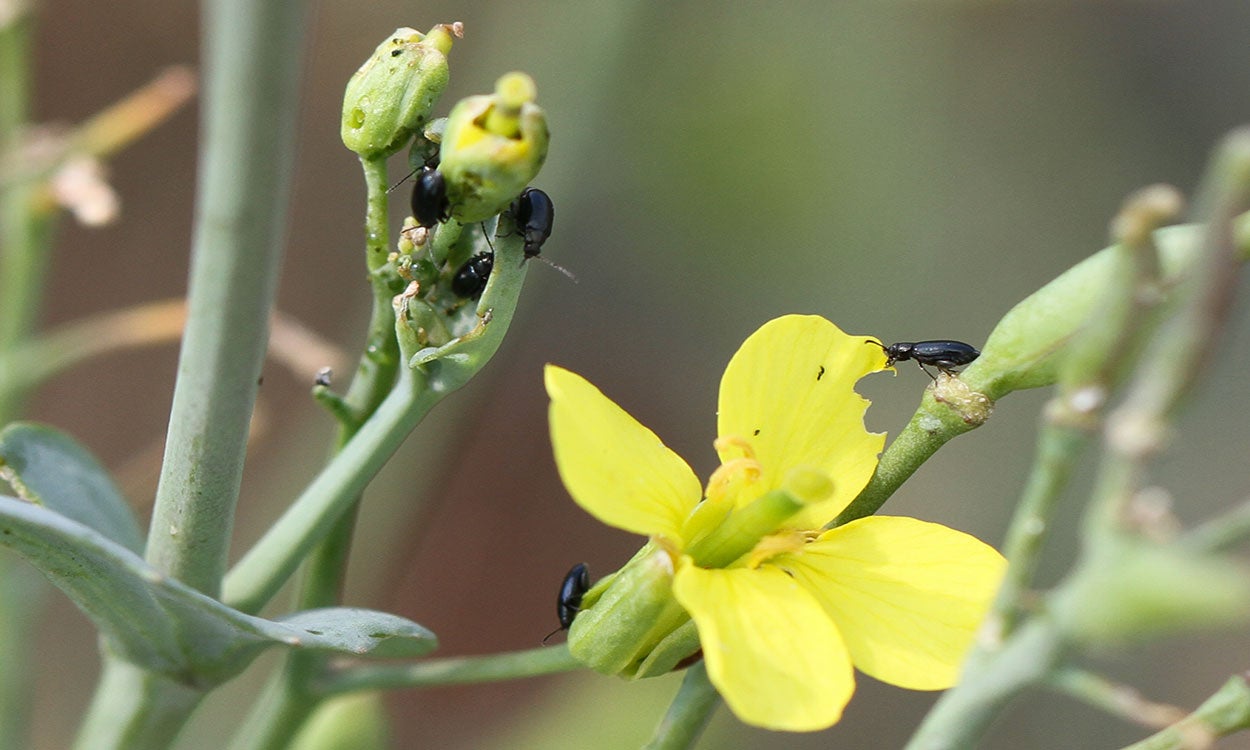
Hop
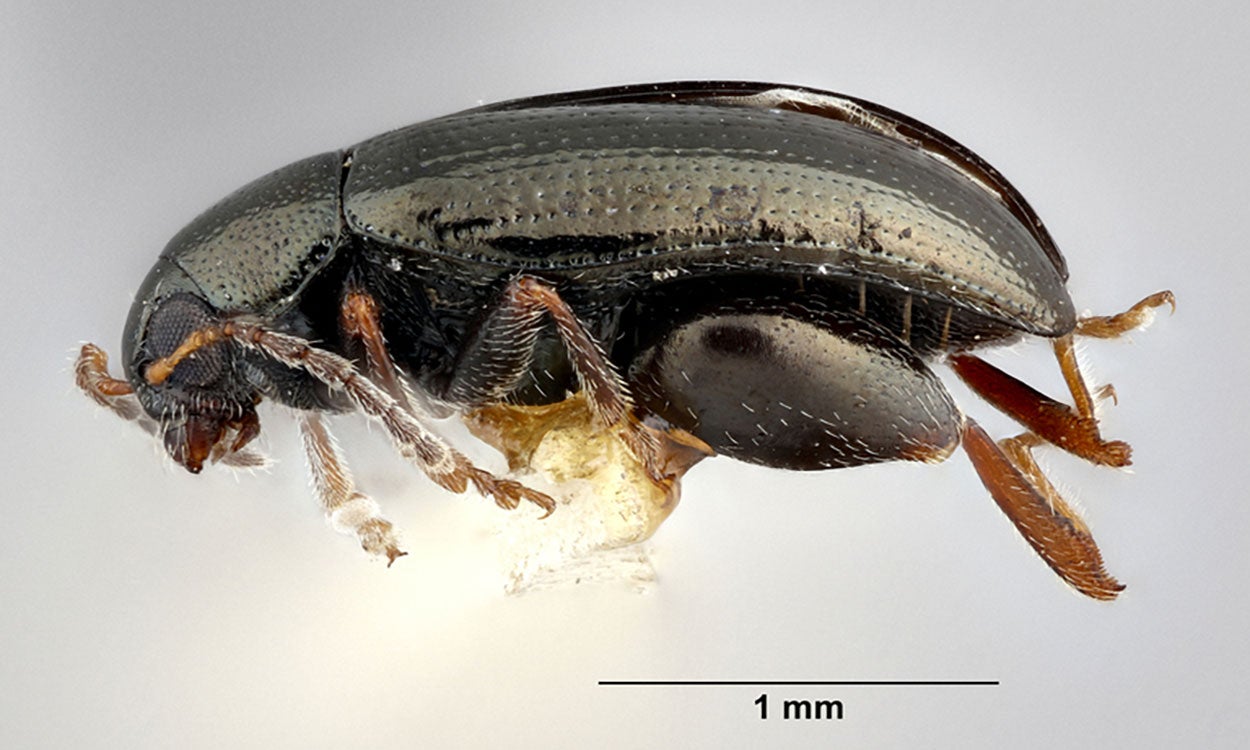
Pale-Striped
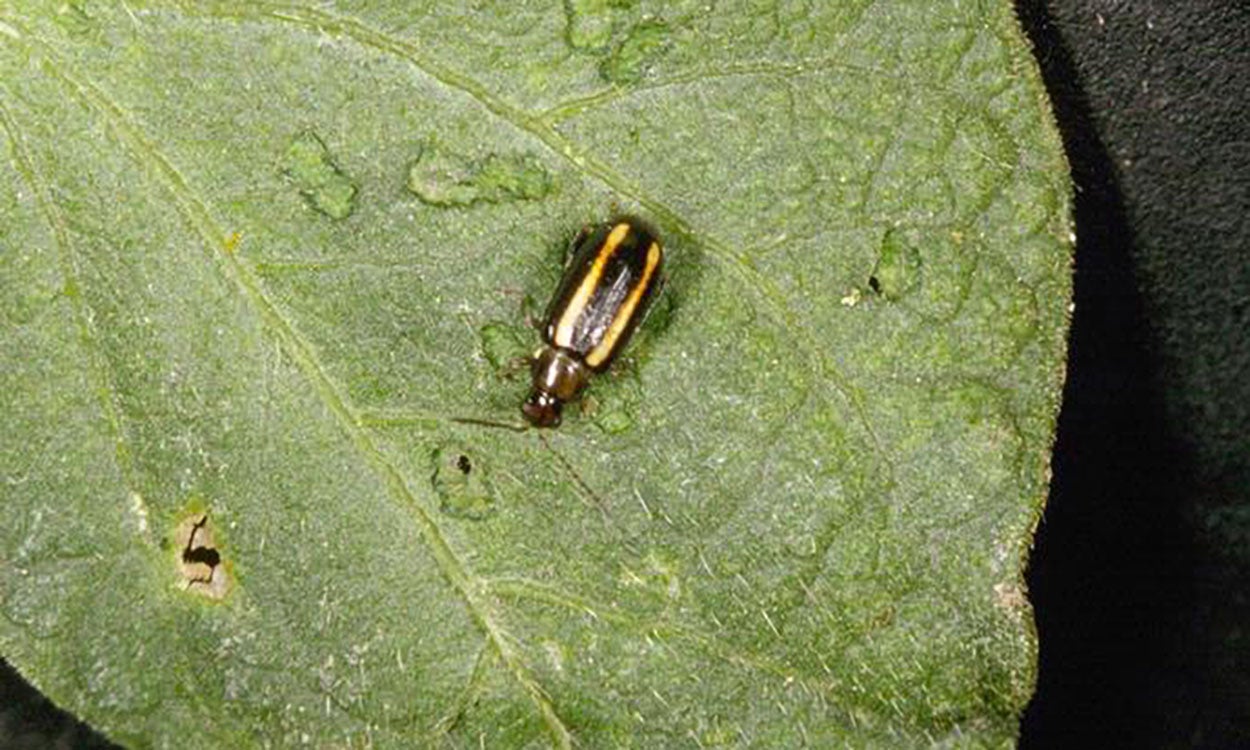
Scouting
The first thing to keep in mind when scouting fields for flea beetles is that their populations tend to be much higher near field edges. For this reason, the entire field should be scouted to determine if the infestation is throughout the field. To scout for flea beetle feeding, walk in a W pattern and evaluate at least five sites per field. At each site, the amount of defoliation should be evaluated on ten plants (50 plants per field). Entomologists at NDSU recommend scouting canola 2-3 times per week to ensure defoliation is not causing issues.
Weather conditions can influence flea beetle infestations and their populations tend to be more uniformly distributed during hot, calm days. If the populations are limited to the field edges, a perimeter insecticide application can be used to effectively reduce the populations. If populations persist, additional treatments may be required to reduce the flea beetle populations. Treatment is recommended when an average of 20-25% of defoliation has occurred on the cotyledons or the first true leaves and flea beetles are still feeding in the field.
If early season management is necessary, foliar insecticides will provide the best reduction in flea beetle populations. Pyrethroid insecticides with the active ingredients of bifenthrin, deltamethrin, gamma-cyhalothrin or zeta-cypermethrin at the high labeled rates provide good management of flea beetles. Make sure to select an insecticide that is labeled for canola and flea beetles.
Reference
Knodel, J. 2024. Canola Flea Beetle Emerging. North Dakota State University Crop and Pest Report.
